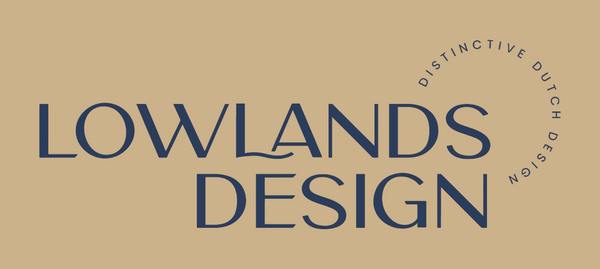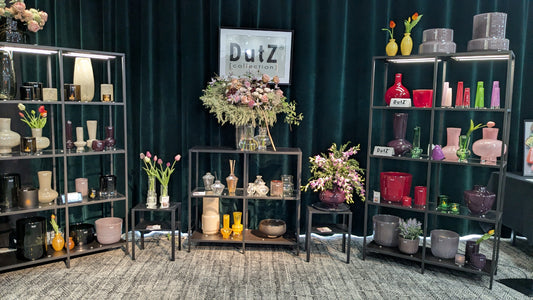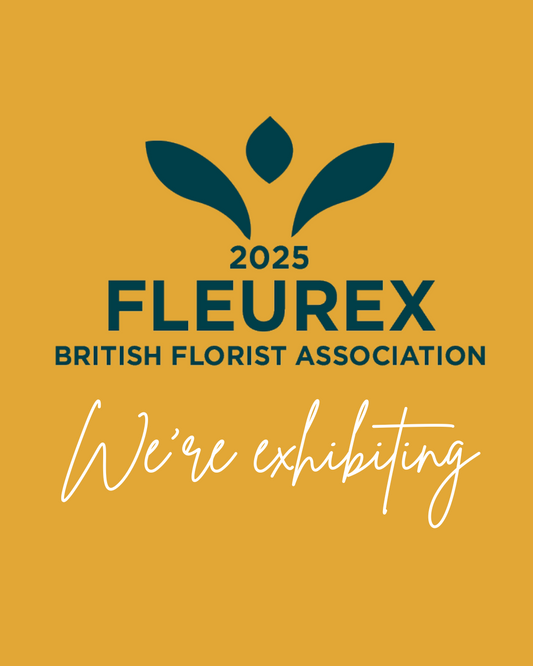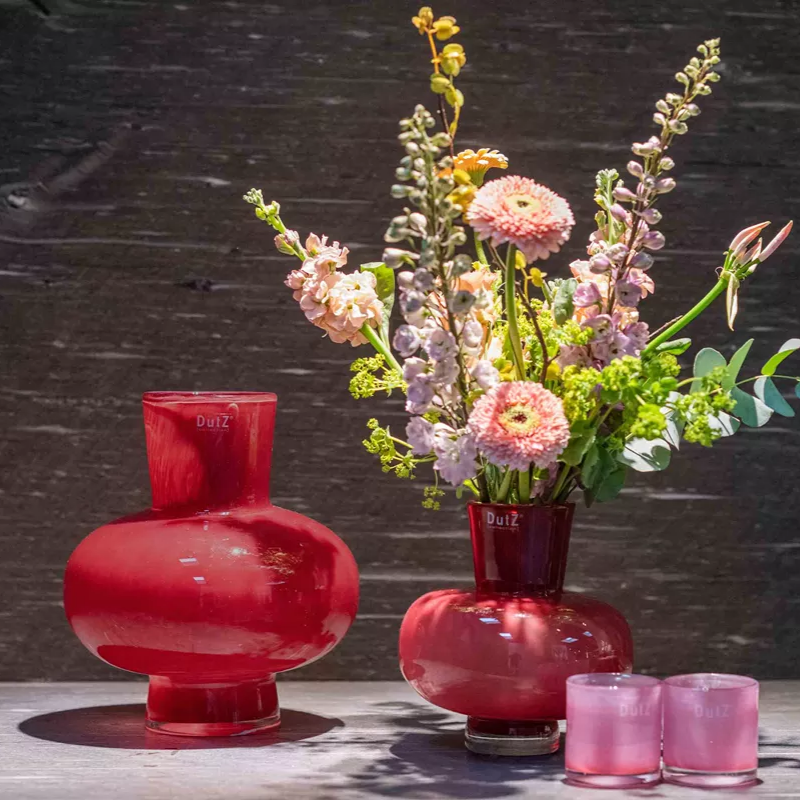
The Modern Delft Blue Industry
The Modern Delft Blue Industry: Tradition Meets Innovation
Delft Blue, the iconic blue-and-white pottery that originated in the Netherlands, has long been synonymous with Dutch artistry and craftsmanship. With its rich history dating back to the 17th century, this distinct form of ceramic art has undergone significant transformation over the centuries. Today, the modern Delft Blue industry continues to thrive, combining centuries-old techniques with contemporary designs that appeal to a global audience.
The Evolution of Delft Blue
Originally inspired by Chinese porcelain, Delft Blue pottery became a popular art form in the Netherlands during the Dutch Golden Age. Its intricate blue patterns, often depicting landscapes, scenes from daily life, and floral motifs, have been cherished for centuries. However, as tastes and trends evolved, so did the world of Delft Blue.
- Today, the modern Delft Blue industry has expanded far beyond traditional pottery, incorporating a range of products from home décor and accessories to innovative design collections. Contemporary designers have found new ways to incorporate the signature blue-and-white colour scheme into everything from luxury items to affordable art pieces. The result is a fresh take on a beloved tradition, combining old-world charm with modern sensibilities.
Well-Known Businesses in the Modern Delft Blue Industry
Several businesses continue to drive the modern Delft Blue industry forward, keeping the tradition alive while embracing innovation, amongst them:
- Royal Delft: One of the most famous producers of traditional Delftware, Royal Delft has been crafting handmade pottery since 1653. The company is renowned for its timeless pieces, from vases to tile murals, and has embraced modern design while preserving its heritage. https://royaldelft.com
- Heinen Delft Blauw, founded in 1976 in the Netherlands, specializes in authentic Delftware ceramics handcrafted in Delft and Putten. The company produces traditional blue-and-white pottery, including vases, tiles, and decorative art, while also collaborating with modern Dutch designers. https://www.heinendelftsblauw.com/
The modern Delft Blue industry reflects a blend of tradition and innovation, proving that this historic craft continues to captivate new generations worldwide. Whether through luxury brands or cutting-edge design studios, the spirit of Delft Blue is alive and well, adapting to the tastes of the modern world.
The Iconic Ginger Jar Vase
The Ginger Jar Vase is one of the most recognizable shapes in ceramic history — and it plays a charming role in the story of Delftware. Originally crafted in China during the Ming Dynasty to store spices like ginger (hence the name), salt or oil, these rounded, lidded jars became coveted export items in Europe during the 17th century. Dutch potters in Delft, inspired by the exquisite blue-and-white porcelain arriving from the East, began creating their own versions using tin-glazed earthenware — what we now call Delftware.
These jars often featured delicate floral motifs, landscapes, and chinoiserie patterns that celebrated both Eastern and European artistry. Over time, the Delft ginger jar became a beloved symbol of cross-cultural design — blending the sophistication of Chinese porcelain with Dutch creativity. Today, whether antique or modern, ginger jar vases remain icons of timeless craftsmanship, effortlessly bridging history, art, and home ddecorations.
Delft Blue statue of King Willem 3 – ca. 1695 [info]

Flower Pyramid – often used for Tulips ca 1692 [info]

Delftware vases and vessels


Delftblue vase [info]




